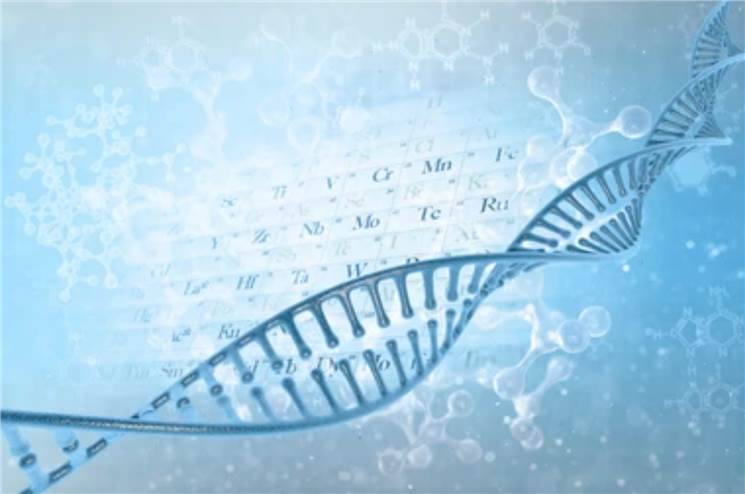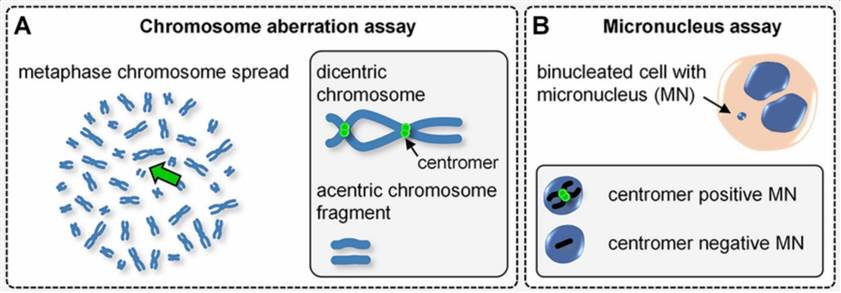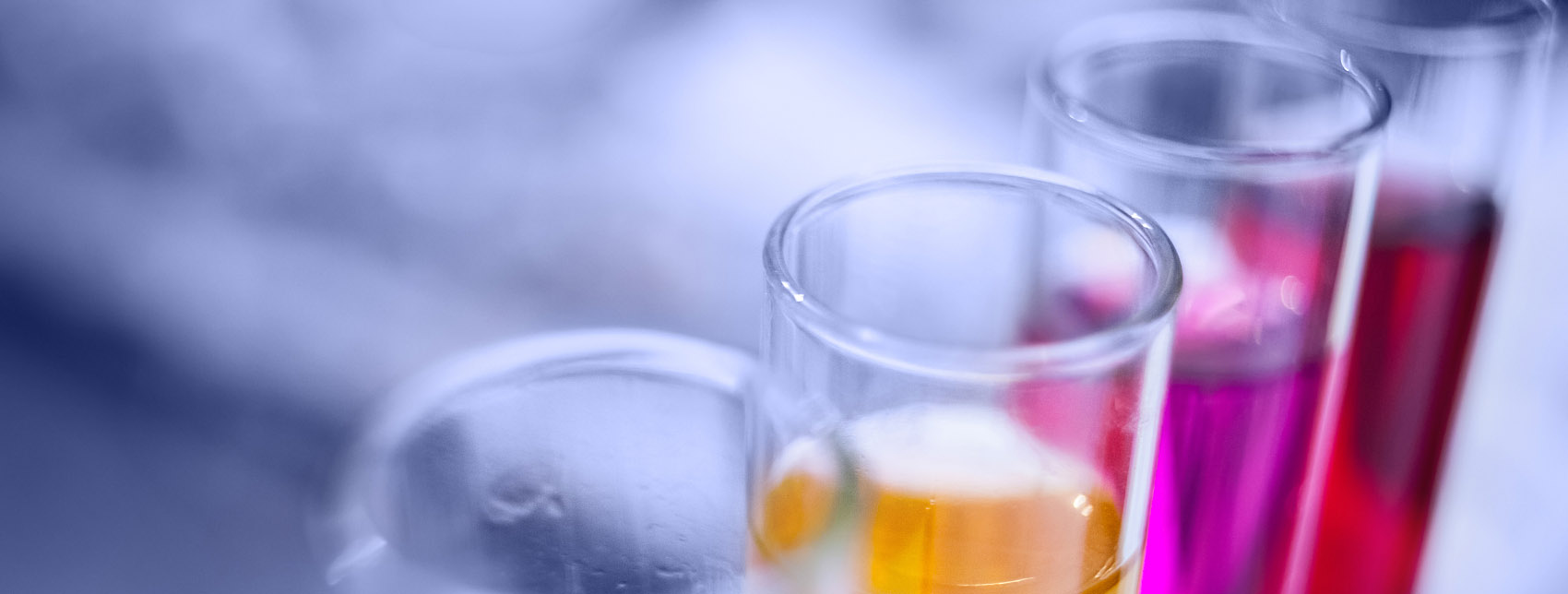Improper use of chemicals can expose people to the risk of cancer or mutagenicity caused by chemicals. Mutagenicity is the damage caused by chemicals to the genetic material of the body, and is widely appreciated because the damage can be transmitted to the offspring if it occurs in germ cells.
Our company provides professional mutagenicity evaluation service, which provides an important basis for strict control and management of various chemicals, and is of great importance for preventing human diseases and controlling environmental pollution.

Test Range
Insecticides, disinfectants, detergents, dry cleaners, degreasers, refrigerants, foaming agents, food additives, coatings, laboratory chemicals, organic chemicals, inorganic chemicals, organometallic compounds, etc.
Chemicals Mutagenicity Solutions
Our company offers a wide range of assays for the mutagenicity of chemicals.
Genetic Mutation Test
1. Salmonella typhimurium revertant mutation test: Also known as the Ames test, it tests the ability of a test subject to induce a histidine-deficient mutant (his-) of Salmonella typhimurium to revert to a wild-type (his+) mutation.
- Standard test strains: TA97 and TA98 detect shift mutations, TA100 detects base substitution mutations, and TA102 is more sensitive to aldehydes, peroxides and DNA cross-linking agents.
- The test methods are point test (pre-test) and adulteration test (standard test).
2. Mammalian cell mutation test: Used to detect mutagenic effects of chemicals on mammalian cells, including base pair mutations, shift mutations, and deletions.
- Cells: Chinese hamster lung erythrocyte strain (V-79) and Chinese hamster ovary cell strain (CHO) for HPRT locus mutation analysis. mouse lymphoma cell strain (L578Y) and human lymphoblastoid cell strain (TK6) for TK locus mutation analysis.
Chromosomal Aberration Test
1. Chromosomal aberration test in animal cells: used to screen for mutagenicity of chemicals that induce chromosomal aberrations and to observe their cytotoxic effects and inhibition of cell division indices.
2. Micronucleus test: It can detect impaired chromosome integrity and abnormal chromosome segregation. The micronucleus test is more straightforward and faster than the chromosomal aberration test.
- The mouse BMT is a mutagenic test to detect chemically induced chromosomal damage in the bone marrow micronuclei of animals in vivo.
- The PMT is a cytogenetic test that detects in vivo chromosomal damage in mammalian peripheral blood micronuclei induced by chemicals.
 Fig.1 (A) Chromosomal aberration assay. (B) Micronucleus assay. (Reddig A, et al. 2018)
Fig.1 (A) Chromosomal aberration assay. (B) Micronucleus assay. (Reddig A, et al. 2018)
DNA Damage Test
- Sister chromatid exchange (SCE) test: It can be divided into in vitro test, in vivo test, and in vivo and in vitro combination test.
- Unscheduled DNA synthesis test: The level of DNA repair synthesis was measured to evaluate whether and to what extent the chemical could cause damage to DNA in primary mammalian cells and established mammalian cell lines.
- Subjects: (Multi-use) mice, rats, pigs, dogs, rabbits, etc.
Computer Simulation Method
(Quantitative) conformational relationship ((Q)SAR), used to predict chemical substances that will cause adverse effects based on their chemical structure.
If you are looking for the best solution in the field of chemicals toxicology research, please feel free to contact us.
Reference
- Reddig A, et al. (2018). "DNA Damage Assessment and Potential Applications in Laboratory Diagnostics and Precision Medicine." JLPM. 3(4).
Related Solutions
It should be noted that our service is only used for research, not for clinical use.


 Fig.1 (A) Chromosomal aberration assay. (B) Micronucleus assay. (Reddig A, et al. 2018)
Fig.1 (A) Chromosomal aberration assay. (B) Micronucleus assay. (Reddig A, et al. 2018)